In collisions involving motor vehicles, it is usually pedestrians and cyclists who pay the highest price. More than 90% of traffic accidents are caused by human error, and the consequences are often fatal. 4activeSystems was formed in 2014 by the 4a technology group, with a focus on active automotive safety. At their facilities in Traboch, Austria, they have since been developing and manufacturing both mobile and stationary AEB (Autonomous Emergency Braking) testing devices for outdoor use, as well as crash-test dummies for testing predictive collision avoidance systems. B&R was selected right from the start as their preferred supplier for automation components.
Martin Fritz, managing director of 4activeSystems, still remembers the first project well: "The first system we ever developed was for car manufacturer Audi. Our goal was to design and build a complex testing facility made of fiber-reinforced composite." In this project, a crash-test dummy was sent across the road and pulled upwards using bungee ropes at a very high speed only 50 ms before it would have been hit by the vehicle. "B&R had the only drive and control system on the market that was up to the task," says Fritz. "It was during this project that B&R won us over. We knew that they deliver performance that can be relied on."
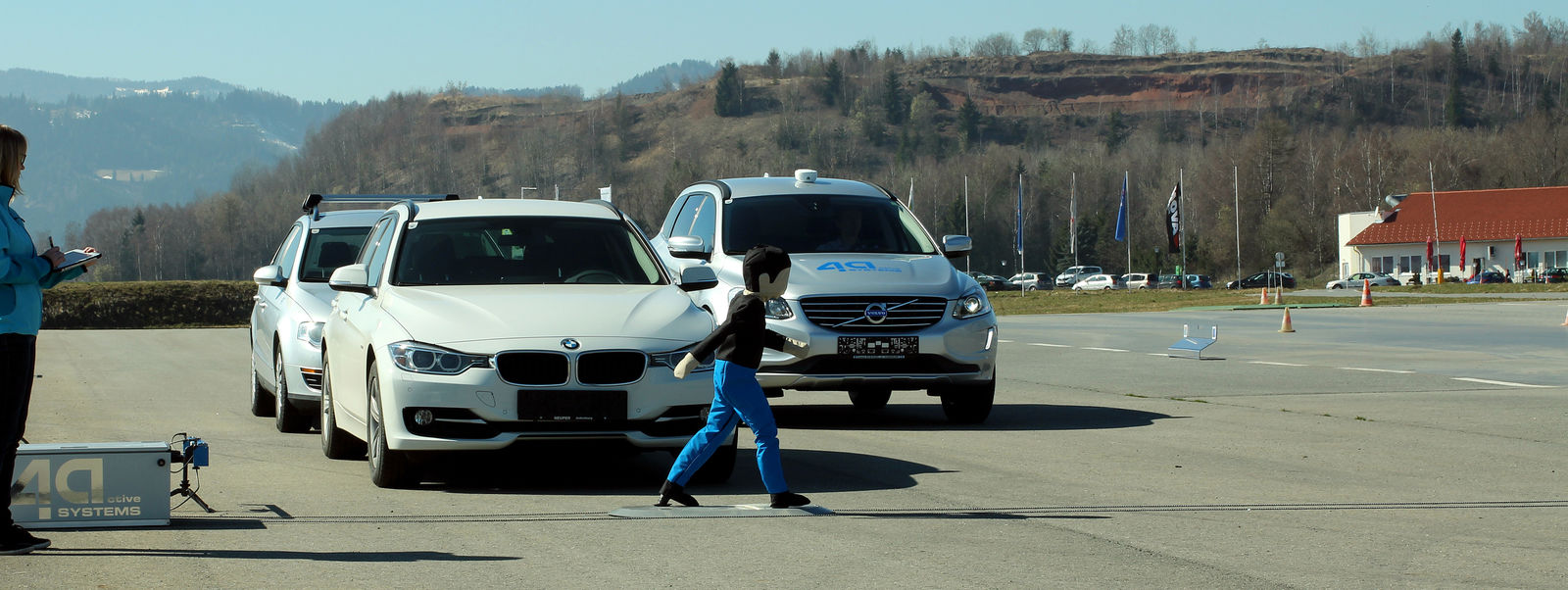
Perfect simulation right from the start
The project presented many challenges. Not only did the dummy need to be as human-like as possible, it was also necessary to ensure the technical equipment involved would not activate any of the cars' sensor systems. The advantage was obvious: If neither the car nor the dummy were damaged during testing, they could keep being reused – a factor that should not be underestimated, considering that a dummy can cost up to €15,000. "We needed a solution that would be invisible to radar systems, infrared and heat scans," says Fritz. "This system was originally intended to be a prototype used for one or two years. Eleven years later, however, it is still being used at Audi."
In addition to dummies that look like pedestrians, 4activeSystems also manufactures and tests two-wheeled and four-wheeled dummies in the form of bicycles, motorcycles and cars. This company is the world's only certified dummy manufacturer. In the field of self-propelled platforms, the relatively small number of competitors can be found in the USA, UK and Austria.
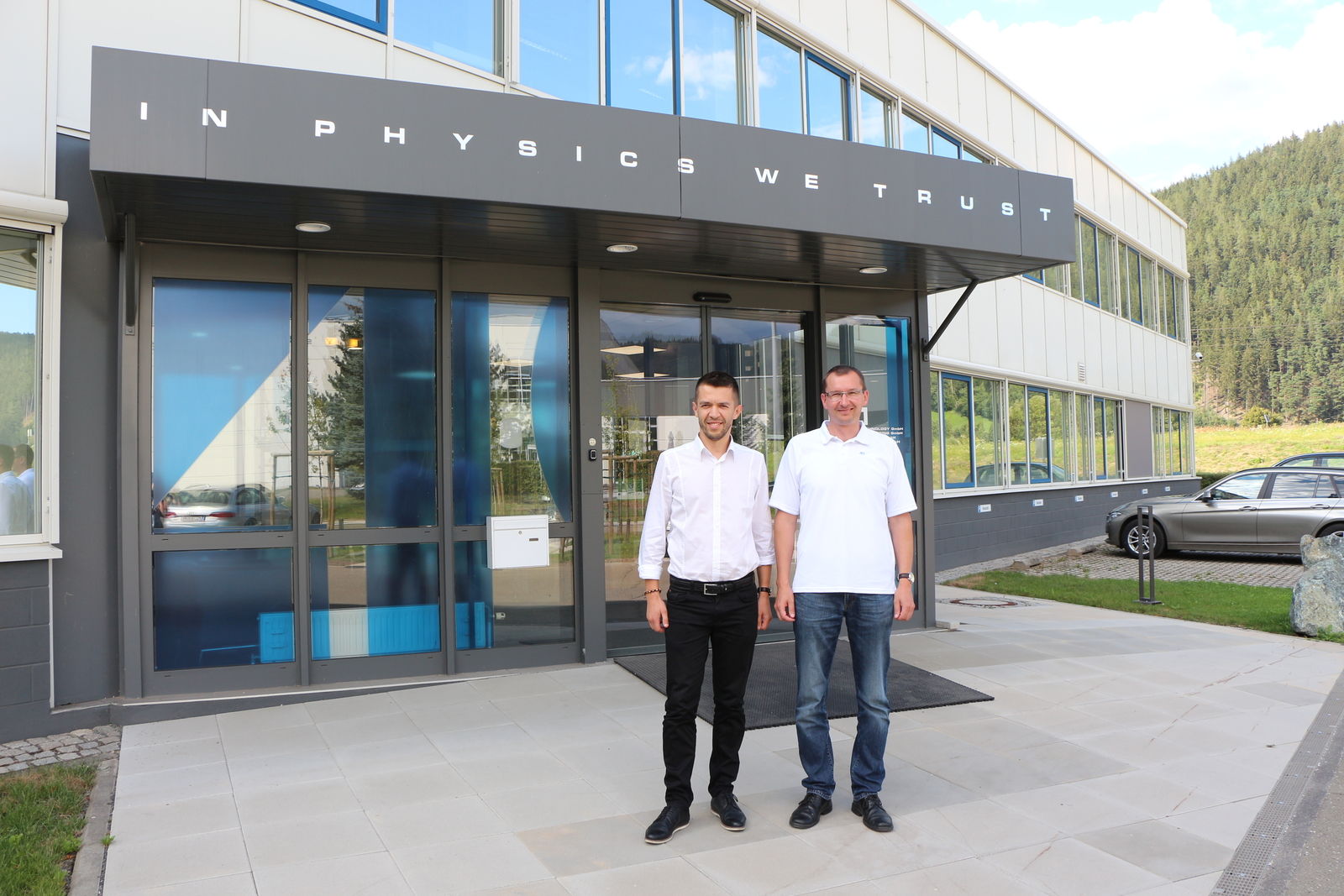
3D car dummies for the active protection of motorists, cyclists and pedestrians
The safety regulations for automotive manufacturers are extremely strict. In the event of an accident, it is not enough to only protect the passengers inside the vehicle. In the event of a collision, a vehicle must also protect cyclists and pedestrians as much as possible. Doing so requires autonomous braking systems able to automatically detect people in order to prevent collisions from occurring in the first place. These systems are tested in specific scenarios, which are determined based on accident statistics. These scenarios include, for example, children and adults emerging onto the street from behind a parked vehicle. The car's autonomous emergency braking system must be able to immediately detect and correctly assess the situation with the help of cameras.
In order to test this, 4activeSystems developed its 3D car dummy, 4activeC2. This realistic 3D model of a car can accelerate up to 85 km/h and withstand impacts of up to 65 km/h without being damaged. Important criteria in the design of the 3D car dummies were user friendliness and quick reassembly following each test collision. The 4activeC2 retains its form as it travels on the moving platform. In the event of an collision, the 3D dummy car loses its form, but can be reassembled in just two minutes by two people using zippers.
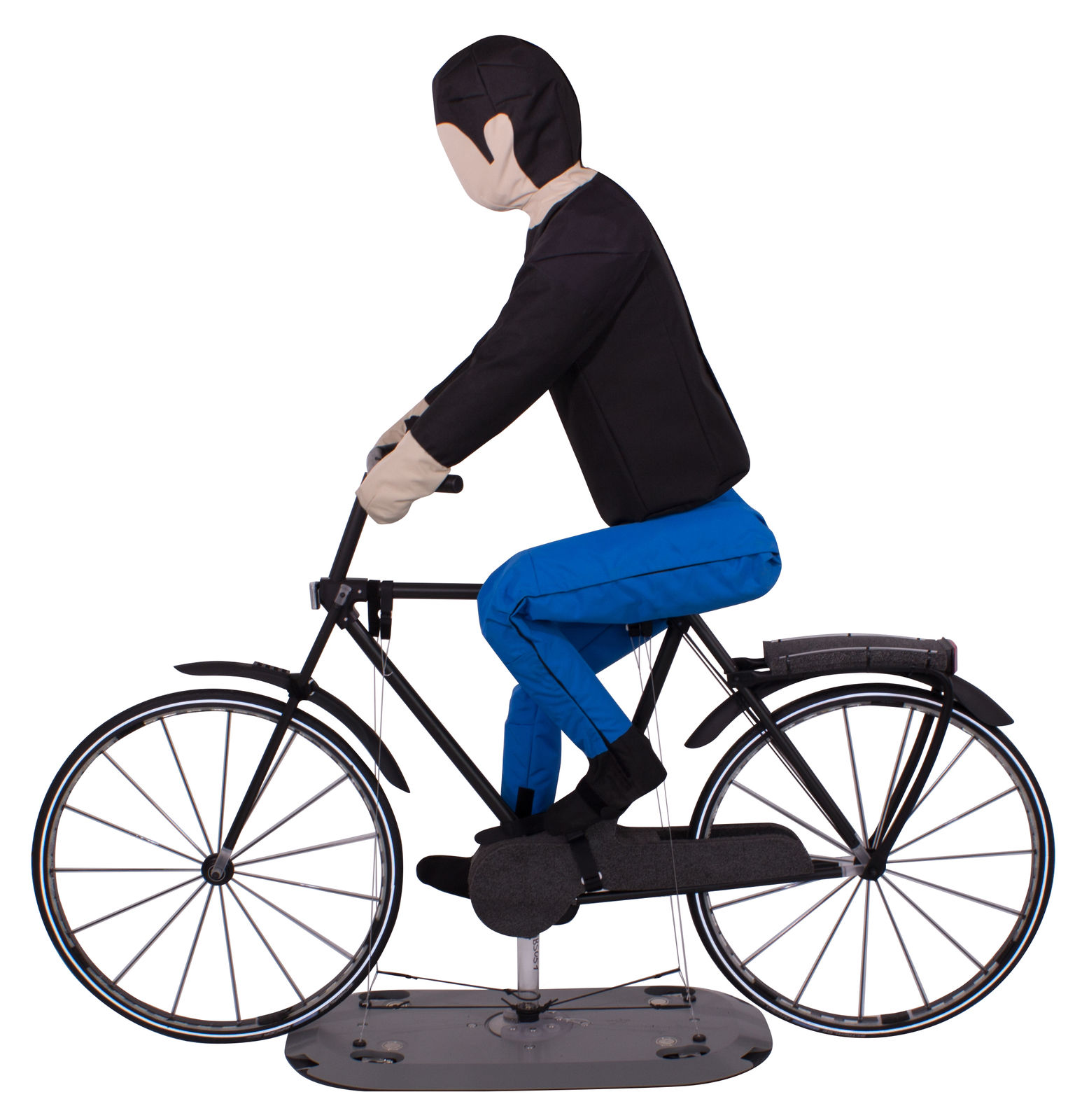
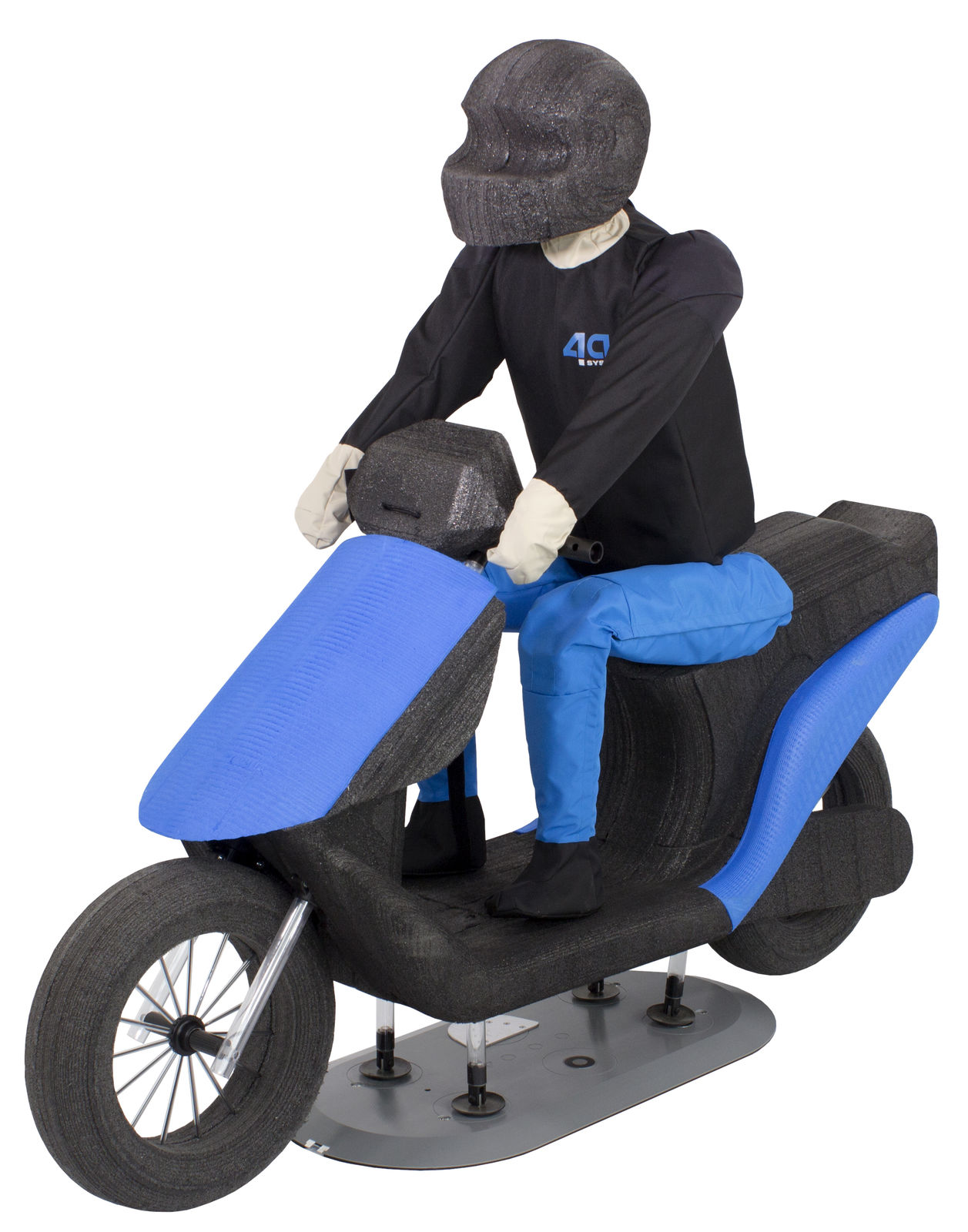
The next generation: The GNSS-controlled, self-propelled platform, 4activeFB
The dummy object (3D car dummy or cyclist) should react realistically, but the equipment that moves it must be invisible to all sensors. To make this happen, 4activeSystems developed self-propelled platforms that move the dummies, which it calls Freeboards. With vehicles passing over the autonomous platforms at speeds of up to 100 kilometers per hour, one of the greatest challenges is ensuring that the platforms don't inadvertently become ramps. To avoid this scenario, 4activeSystems defined a maximum height of five centimeters for the the Freeboards. This also means, however, that any components used – including drive technology, control technology and battery technology – must not only fit in the tight 30-40 millimeters of installation space, but offer excellent thermal contraction as well. During testing, large amounts of heat are generated in the drives and motors, so 4activeSystems goes to great lengths to ensure this heat is dissipated order to ensure that its autonomous platforms are absolutely safe to operate.
The latest highlight at 4activeSystems is their platform "4activeFB", an extremely flat Freeboard controlled by GNSS/INS (global navigation satellite system) and propelled by three powerful 3x14 kW drive units. When it comes to the instrumentation of the Freeboards, GNSS is not comparable to the conventional GPS used in smartphones and navigation devices. While GPS systems are accurate to between one and eight meters, GNSS is accurate down to one or two centimeters. It offers a very high clock rate and is combined with an acceleration system. Two GNSS antennas are used to measure the angles of the platform and to calculate its position. This information is essential for the control system. During testing, the vehicle must adhere to the defined collision points with a tolerance of ±5 centimeters and react very quickly with control adjustments, so high-speed communication between vehicle and control station is essential.
The 4activeFB platform uses a Power Panel C70, an X20 controller with I/Os and safety solutions from automation specialist B&R. Safe I/O modules from B&R's X20 series offer a broad spectrum of failsafe digital and analog inputs, such as the robust temperature input module for thermocouples. This makes them ideal for applications with high levels of heat generation like those encountered by 4activeSystems. "We left the development of the safety functions up to B&R for this project," says Fritz. "We defined the safety requirements, and then B&R handled development and implementation. The process went smoothly, and the B&R components proved to be extremely reliable – our specifications were always met to our satisfaction," says Fritz.
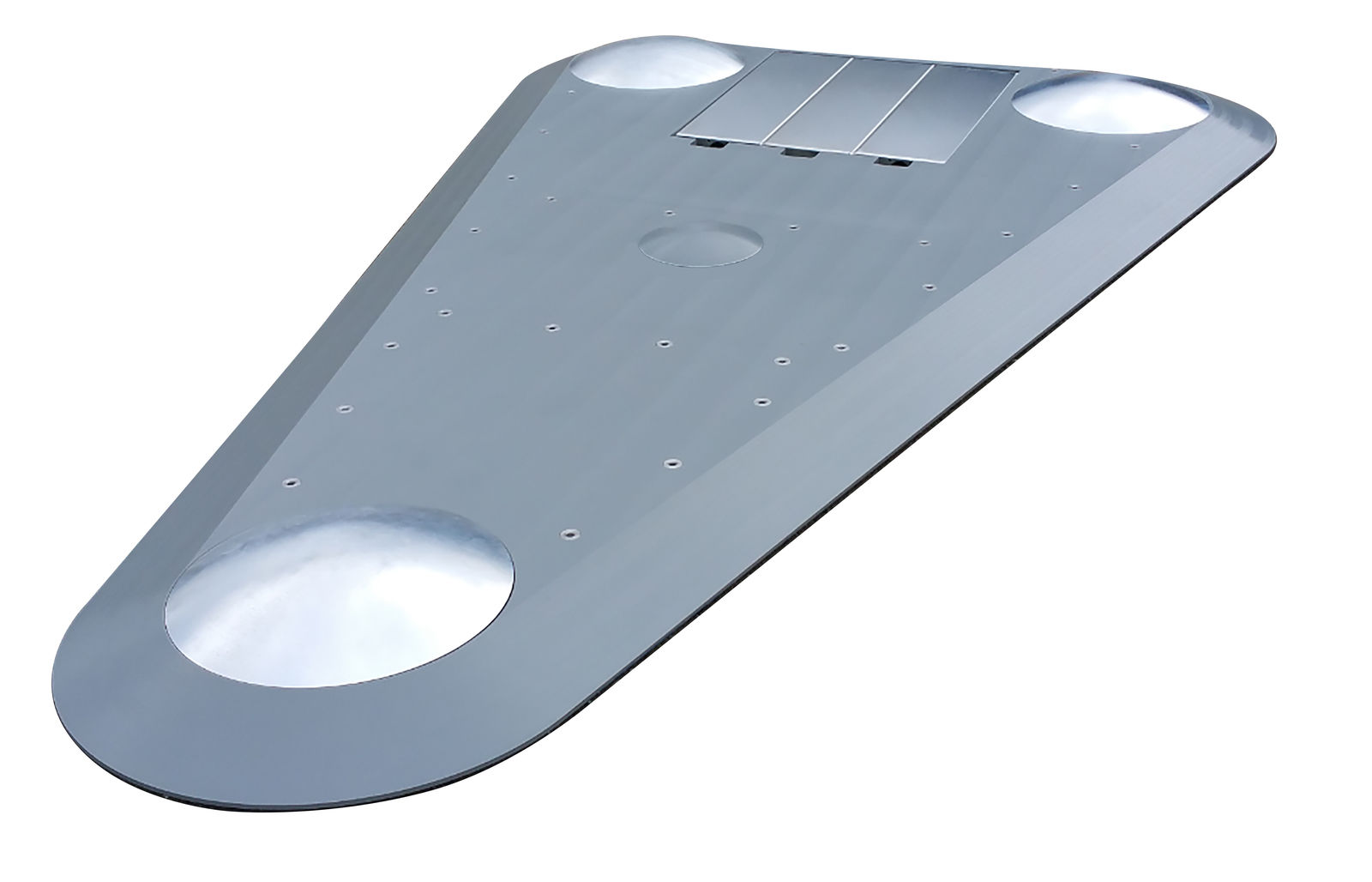
The future of autonomous driving
In the near future, Level 4 and Level 5 autonomous vehicles will be participating in everyday traffic. The industry has defined five different levels of autonomous vehicles. Level 4 applies to the kind of fully automated car that will be around by the year 2022. These cars will be self-driving most of the time. They will park themselves and drive autonomously along country roads or in the city. This will free drivers to concentrate on other things, without having to keep an eye on traffic the entire time. These cars will also communicate with their environment. Traffic lights, for example, will signal before turning red or green, and other vehicles will signal when changing lanes.
For this all to be possible, cars must be able to communicate and warn each other. Vehicles must also interact with their surrounding environment. Traffic lights must communicate phase-changes, gates at railroad crossings must signal before closing – and last but not least, public transportation systems must also be fully integrated. The vehicles must also know when to yield to police and emergency vehicles. Essentially, the entire traffic environment must therefore be digitized. High-resolution maps will be necessary, because the cars need to know their location at all times. This all sounds quite complex, and indeed it is. It means that every street in the world must be measured right down to the last centimeter. At Level 5, cars will be so autonomous that they will no longer even be equipped with a steering wheel.
It will take some time before cars like this appear on the roads, however – realistic estimates predict sometime around 2025. Autonomous driving will be accompanied by major changes in our transportation infrastructure. In order to reach these levels of autonomous driving, a countless array of traffic scenarios must first be tested. "Many of our customers are involved in the research and development of autonomous driving, including automobile manufacturers, suppliers and well-known service providers," says Fritz.
The longer-range outlook
B&R is involved in every project at 4activeSystems, whether as a partner in a shared project or as a component supplier. "B&R is well valued at our company – we see them as a true partner. We are more than satisfied with the overall service, from the products and delivery to the support that we receive. We highly value the "Made in Austria" quality," says Fritz.
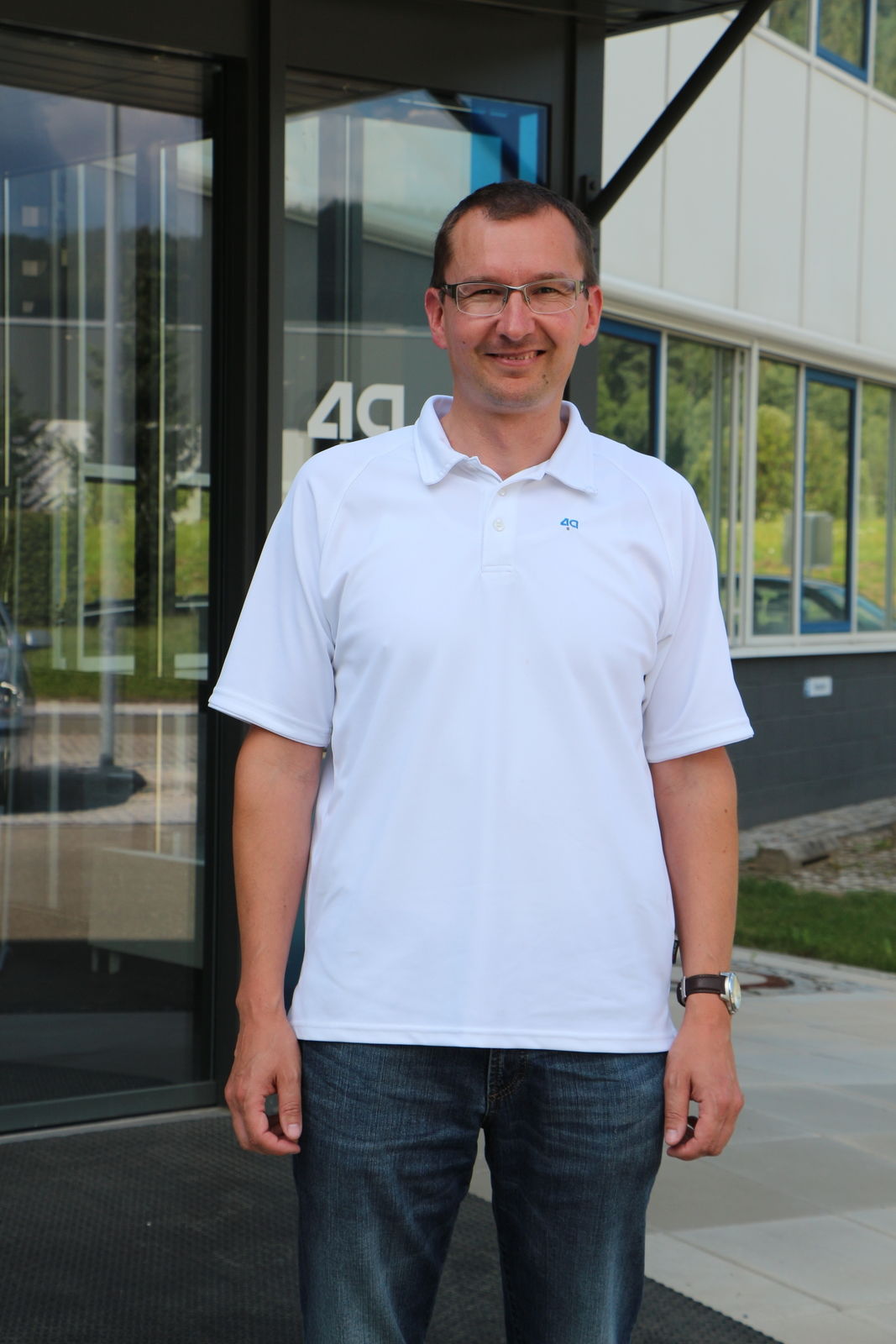 | Martin Fritz Managing Director, 4activeSystems GmbH "B&R is well valued at our company – we see them as a true partner. We are more than satisfied with the overall service, from the products and delivery to the support that we receive. |